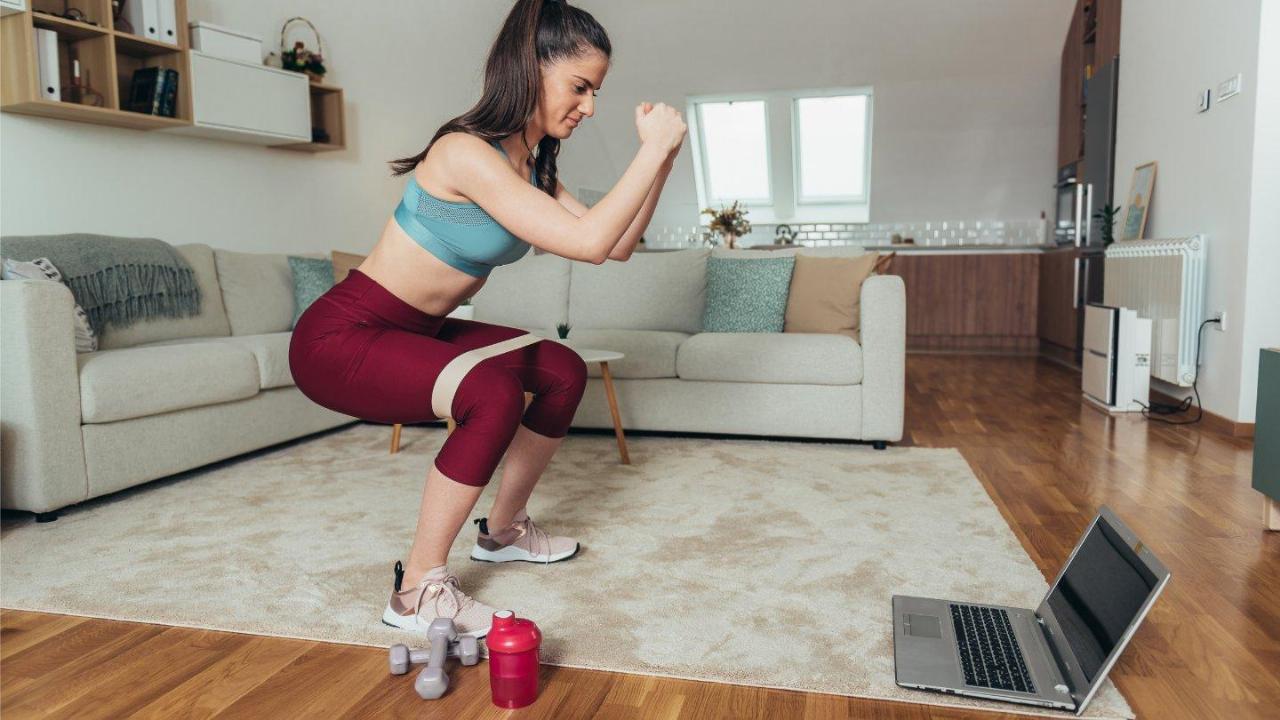Planning Your Home Indoor Sports Area
Creating a dedicated space for indoor sports at home requires thoughtful planning and organization. Whether you’re a casual enthusiast or a serious athlete, having a designated area can significantly enhance your sporting experience. At Casa Jedo, we understand the importance of maximizing your home space for activities you love. This guide will help you transform an underutilized area into a functional indoor sports haven that meets your specific needs.
Assessing Available Space and Layout Options
Before purchasing any equipment, take time to evaluate the available space in your home. Common areas that work well for indoor sports include basements, garages, spare bedrooms, or even a section of a larger room. Measure the dimensions carefully, noting ceiling height, which is particularly important for activities requiring vertical movement. Consider the layout that best suits your chosen sport, ensuring there’s adequate room for movement and safety clearance around equipment.
When designing your space, think about the flow of movement and how the area will be used. If you’re creating a sports simulator room, you’ll need to account for both the technology and the space needed to perform the motions of your sport. Garages often provide ideal dimensions for this purpose, offering the height and width necessary for a full range of motion in sports like golf or baseball.
Budgeting for Equipment and Materials
Establishing a realistic budget is crucial when setting up your indoor sports area. Costs can vary widely depending on the sport and the quality of equipment you choose. Start by listing essential items for your chosen activity, then research prices from multiple retailers to get the best value. Remember to include costs for any necessary renovations, flooring, lighting, and storage solutions in your budget planning.
Consider phasing your purchases if your budget is limited. Begin with fundamental equipment and gradually add more specialized items as finances allow. Many sporting goods stores offer financing options, and you might find quality used equipment through online marketplaces at significantly reduced prices. Investing in multi-functional equipment can also help maximize your budget while minimizing space requirements.

Essential Equipment for Your Indoor Sports Space
The equipment you select should align with your sporting interests and available space. For general fitness, consider versatile items like adjustable dumbbells, resistance bands, and a quality exercise mat that can be easily stored when not in use. If you’re focused on a specific sport, invest in equipment that allows for skill development in that area. For example, a basketball enthusiast might prioritize a wall-mounted hoop with a rebound feature, while a yoga practitioner would benefit from proper flooring and wall-mounted mirrors.
Technology can enhance your indoor sports experience significantly. Consider incorporating a screen or projector for following workout videos or, for more advanced setups, installing a sports simulator system. These simulators can transform your space into virtual golf courses, baseball diamonds, or soccer fields, allowing year-round practice regardless of weather conditions. While premium simulators can be expensive, they provide incredible value for dedicated sports enthusiasts.
Multi-functional Fitness Gear for Limited Spaces
When working with limited square footage, multi-functional equipment becomes especially valuable. Look for items that serve multiple purposes or can be easily folded and stored. Adjustable benches, modular weight systems, and collapsible treadmills are excellent options for smaller spaces. Some manufacturers design specifically for compact environments, offering innovative solutions like wall-mounted folding squat racks or all-in-one cable machines with a minimal footprint.
Consider the versatility of your equipment choices. A sturdy plyo box, for instance, can serve as a step platform, jumping surface, or weight bench. Suspension trainers attach to doors or ceiling mounts and provide countless exercise options while taking up minimal storage space. Even simple items like stability balls can function as both workout equipment and alternative seating when not in active use, maximizing the utility of your sports area.
Storage Solutions to Keep Your Area Organized
Effective storage is essential for maintaining an organized and functional indoor sports space. Wall-mounted solutions like pegboards, slat walls, or specialized sports racks keep equipment off the floor while keeping it visible and accessible. These systems can be customized with various hooks and attachments to accommodate different items, from rackets and balls to resistance bands and jump ropes. For heavier equipment, sturdy shelving units or cabinets provide secure storage while contributing to the overall aesthetic of your space.
Labeling and categorizing your sports equipment makes maintenance and retrieval more efficient. Consider transparent storage bins for smaller items, allowing you to see contents at a glance. Specialized storage solutions like ball cages, vertical bike racks, or golf bag organizers help protect your investment while maximizing floor space. Regular decluttering sessions ensure your sports area remains functional, preventing accumulation of unused or outdated equipment. With thoughtful organization, your home indoor sports space can become a motivating environment that enhances your athletic pursuits and contributes positively to your home’s overall value and functionality.

